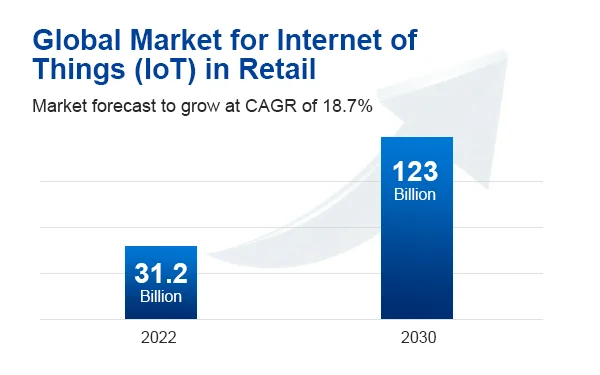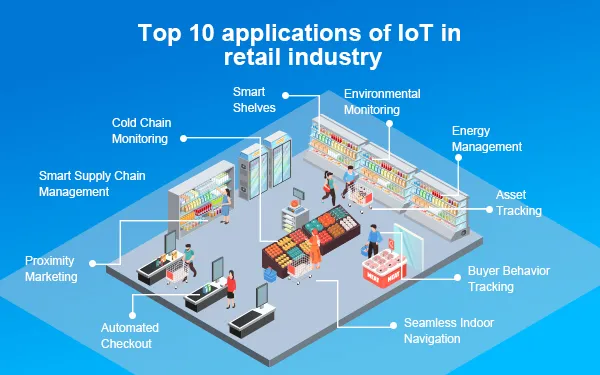- Des produits
- Balise porte-clés H1
- Balise de carte H3
- Insigne de bouton H3
- Balise RFID H5
- Badge RFID H5 ProNOUVEAU
- Balise Casque H7
- Étiquette de casque H7 LiteNOUVEAU
- Balise de positionnement W3
- Balise de localisation W3 Pro
- Balise de bracelet W6
- Bouton panique B1
- Badge intelligent B2NOUVEAU
- Bouton d'urgence B3NOUVEAU
- Étiquette d'identification H8NOUVEAU
- Passerelle de prise MK105 EU/FR
- Passerelle de prise MK106 AU
- Passerelle de prise BLE série MK107
- Mini passerelle MK110 prise US
- Passerelle WiFi MKGW-mini BLE
- Passerelle Bluetooth intérieure MKGW1
- Passerelle PoE intérieure MKGW3 NOUVEAU
- Passerelle cellulaire extérieure MKGW4 NOUVEAU
- Passerelle LoRaWAN BLE LW003-B
- Solutions
Solutions
Exploitez la puissance de l'IoT avec nos solutions intelligentes. Innovez et transformez plus rapidement grâce à notre expertise de pointe en matière d'IdO.
- Applications
Applications
Innover sans limites. Donnez vie à votre vision IoT la plus audacieuse avec nos applications polyvalentes.
- Prestations de service
Prestations de service
Associez-vous à nous pour réussir. Nos services exceptionnels offrent des résultats et de la valeur pour les clients et les partenaires.
- Ressources
Ressources
Optimisez votre parcours IoT. Avis d'experts, Nouvelles et événements, Documentation – retrouvez notre richesse de ressources.
- À propos
Pourquoi MOKO
Le choix intelligent pour l'innovation IoT. Notre expérience et notre technologie ouvrent la voie.
- Contact
- Des produits
- Balise Bluetooth
- Capteurs IoT
- Traqueurs IdO
- Modules IdO
- Passerelles IoT
- Prises intelligentes
- Solutions
- Applications
- L'IoT dans la maison intelligente
- L'IoT dans le bureau intelligent
- IdO dans l'environnement
- IoT dans la construction
- L'IoT dans l'industrie 4.0
- L'IdO dans l'hôtellerie
- L'IdO dans l'agriculture
- L'IoT dans la santé
- IoT dans la logistique
- IdO dans l'éducation
- IdO dans le médical
- IdO Sports
- IdO dans le sport
- Prestations de service
- Ressources
- À propos
- Contact






























